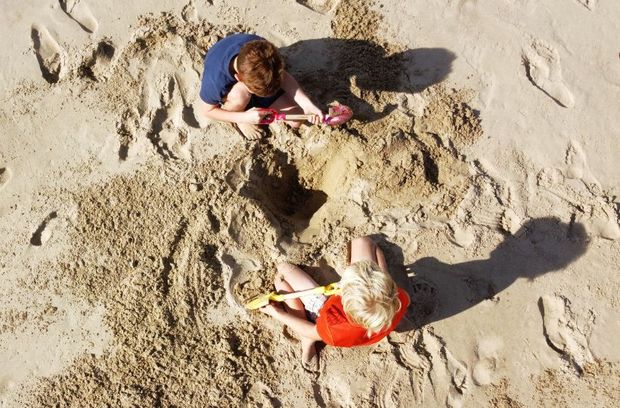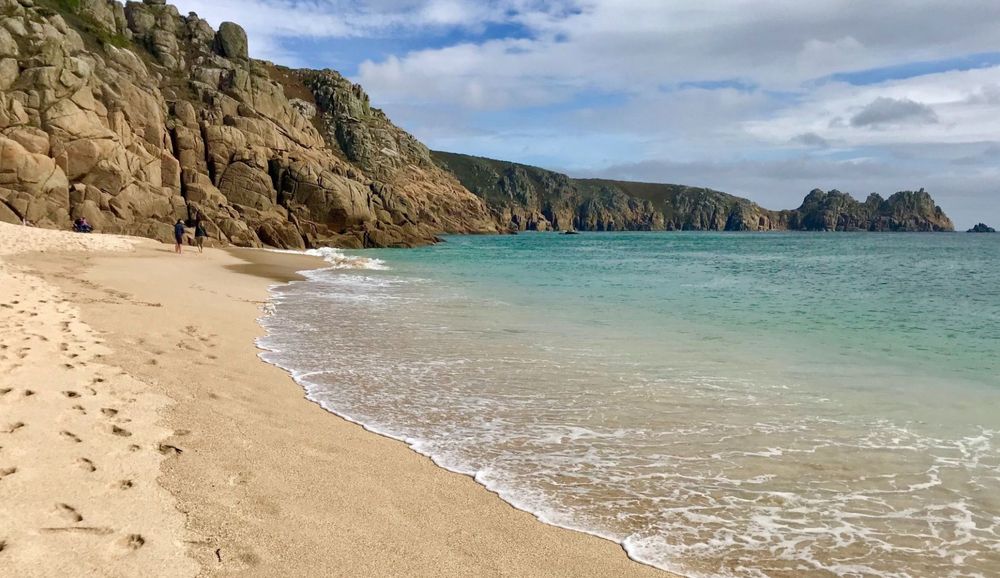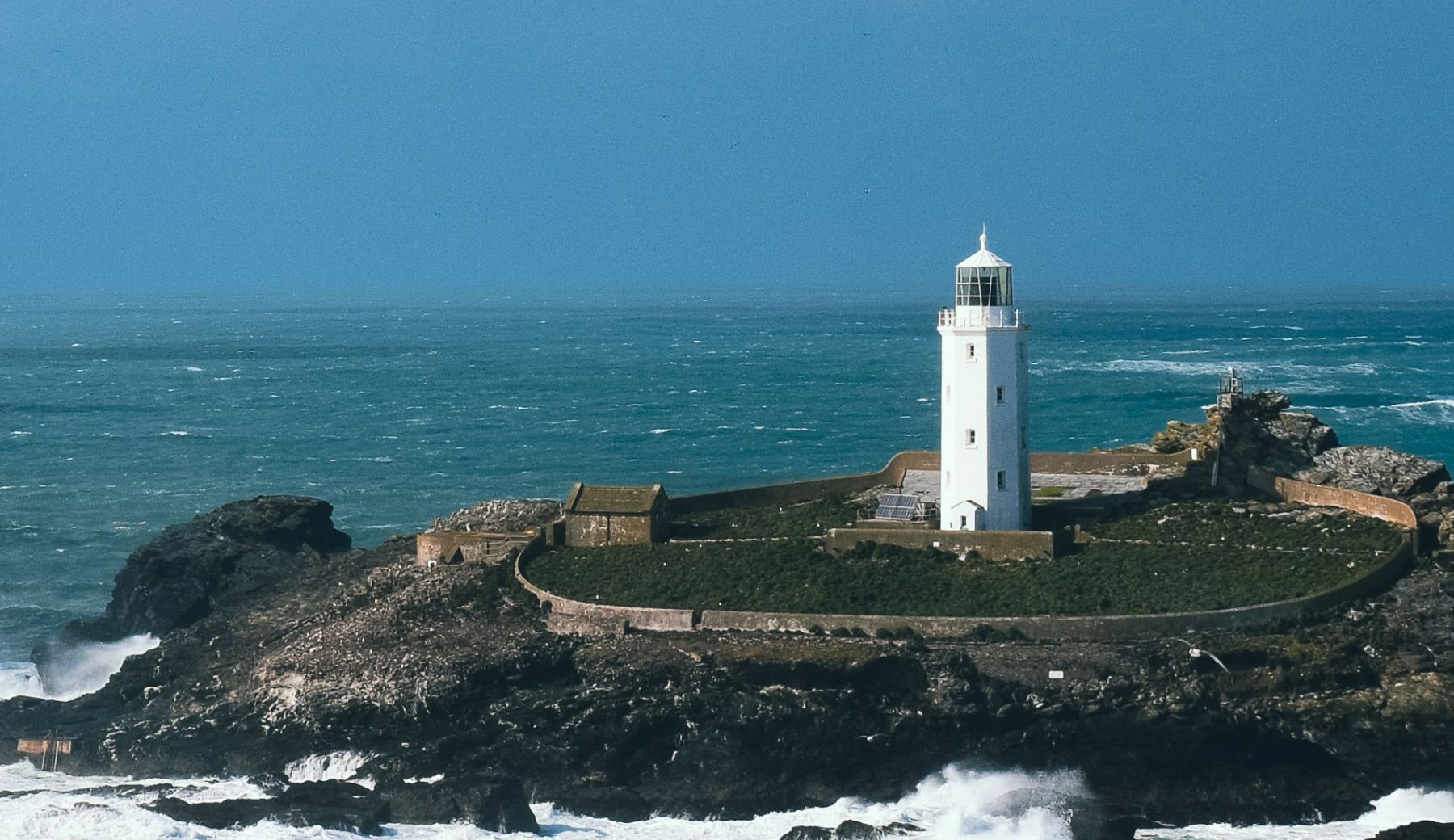App Features
Powerful search features, easy to use interface
We built this app using Flutter. It has some great features to allow users to subscribe and find the ideal beach in Cornwall and Devon.

In-app payments
Available on App Store and Google Play
Built-in Google Maps
Plots your location or uses a plotted location from the map
View beaches in list form or on an interactive map
Build a list of favourites
Image gallery
Powerful filtering with multiple options
Detailed profiles
Tides and weather per beach
Offline capability
Admin system for managing content
1. The big beach issue!
I grew up on the coast in Devon and now live in Cornwall and love visiting our local beaches nearby. I know these beaches well but there are masses of beaches around the coast of Cornwall and Devon that I had never explored. Whenever we tried to plan a beach day there would be questions - is there a cafe, are there toilets, parking close to the beach, will it be sheltered, what are the tides? Wouldn’t it be useful to have an app where I could easily find this information?
There are literally hundreds of beaches around the coast of Cornwall and Devon. Cornwall itself has the longest coastline of any county in the UK.
Our beach app allows you to find beaches based on a range of criteria. For example, find me a beach within x kms of my location with a cafe, parking, lifeguards and toilets. Oh you have a dog, no worries… include beaches that allow dogs.
There’s a strong westerly wind: OK, let’s find beaches that are east facing so your picnic blanket doesn’t blow away.
Let’s explore all the app’s features.
2. Mapping
I’ve used geolocation data and Google maps throughout the app. To start a search you can ask the app to search from where you are currently located… or you can plot your desired location on a map. That’s very handy for planning a day out.
Tomorrow, we’re heading east and we’ll be in the area of Torpoint… What beach options have I got for walking my dog?
When the app returns your search results; you can view the results as a list or plotted on a map.
The map is a Google Map and comes with zooming in or out as well as scrolling. So super-helpful when exploring what beaches come up.
From the map view, you can also select a beach and go to its profile. And then back to the map when you’ve finished with the profile.
The list view provides a thumbnail image of the beach… name and distance plus icons that represent options such as parking etc.
3. Filtering
Filtering is one aspect that separates the app from other beach guides.
You can quickly filter beaches by:
Name or,
- By distance
- Whether there is a cafe
- Whether there are toilets
- Whether there is parking
- Does the beach have seasonal lifeguards?
- Are dogs allowed?
- The orientation of the beach, i.e. which direction it faces
- Whether the beach is easily accessible
4. The content
I have thoroughly researched the beaches on the app. And this also contrasts the app with other web guides. In my research, I found that descriptions of beaches… well… they weren’t very descriptive! I wanted to know many more facts about the beach than this [very] average description.
For example:
- what kind of sand is there… are we talking golden sand, pebbles or shingle?
- where EXACTLY is the parking? And I mean pinpoint accuracy, so we’ve used What Three Words for this.
- Ditto for toilets… when you’re on a large beach you can walk for miles in search of the public loos.
- Are dogs banned, and if so when do bans start and finish?
- Plus more…
Each beach profile also comes with a gallery option (where more than one image exists). So users can see the beach from different aspects. Where available, I’ve also acquired images of access to the beach and/or car parks (fascinating - but really helpful!).
And whilst on the beach profile, you can also view the weather from the nearest Met Office weather location (often the beach itself) and get the day’s tides.
And finally, you can view the beach on its own Google Map, so you can see it in isolation. For this view, I used the aerial image layer… so you can examine the beach and its surrounding area in detail. On clicking on the Google Maps marker, icons for Google Maps and Directions appear linking to the Google Maps app.
5. Favourites
You can mark beaches as your favourites so you can make a shortlist of beaches you’d like to visit. Or remember beaches that you love and visit often where you want to quickly view the tides and weather.
6. Offline capability
I used Google’s Firestore for most of the data, with some being stored within a database in the app… and this provides the app with some offline capability. If you have already visited a beach profile, then this data is cached or stored. So, if you find yourself without an internet connection then you can still get the data for your desired beach provided it has been viewed when you did have a connection.
7. The tech I used...
I used Google’s Flutter framework in combination with Google’s Firebase cloud services.
Firebase Firestore will provide the app with super-power abilities to scale with demand. It’s NoSQL database returns searches in a flash. And means that we don’t have the issues of maintaining a backend. It also provides great levels of security to protect our beach data.
Flutter has the great advantage of one code base for iOS, Android and web, saving development time. So I could create an app which could be deployed to both App Store and Google Play store and an admin system which could be deployed as a mobile app and website.
Flutter also has a great range of packages available to use, some of the packages I used in creating the beach app are:
- flutter_riverpod,
- intl,
- google_maps_flutter,
- geolocator,
- geoflutterfire,
- google_fonts,
- sqflite,
- carousel_slider,
- geocoding,
- timezone
The weather api was provided by https://openweathermap.org/api and tide data by https://www.admiralty.co.uk/digital-services/data-solutions/tidal-api
8. The admin system
Since I was enjoying Flutter so much, I decided to build the admin system in it too! This allows me to easily edit the beach data so that all users have up-to-date info.
We launched the app on Android and iOS in July 2022. Find more information on our Find Me a Beach website. Have fun using it and explore Cornwall and Devon’s great beaches!
If you have an idea for an app, then we’d love to hear from you.


